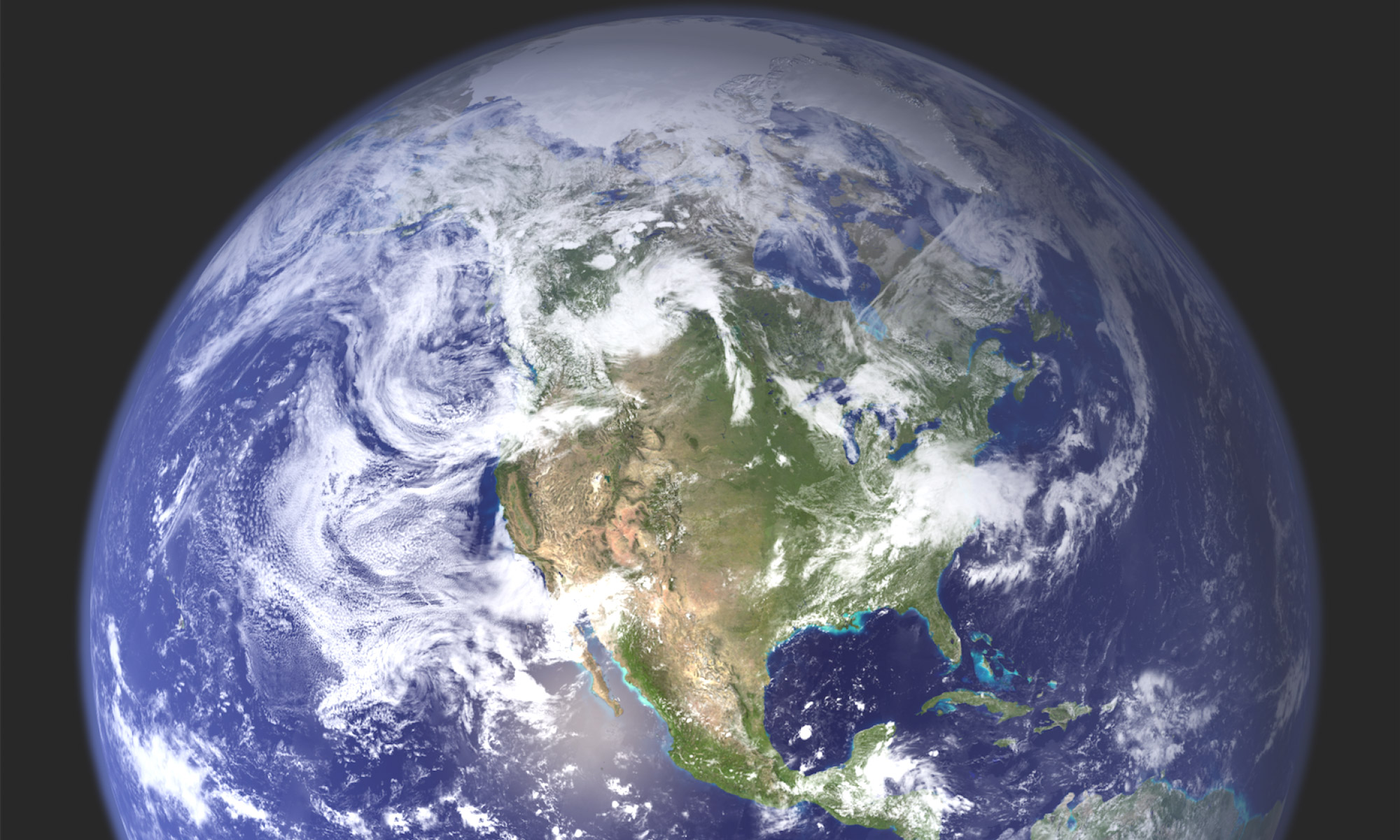SATURN EQUINOX PICTURE: Mystery Object Pierces a Ring

August 11, 2009—A mystery object that punched through one of Saturn's thin outer rings created a glittering spray of ice crystals and pulled some material along in its wake, as seen in this rare image recently released by NASA's Cassini orbiter.
The puncture, which Cassini snapped on June 11, is among the many marvels that have been revealed in the weeks leading up to Saturn's equinox, which happens today. (Find out how the equinox has helped astronomers find new moons, how it will make Saturn temporarily "lose" its rings, and more.)
Equinoxes occur at the point in a planet's orbit when the sun shines directly on the planet's equator. Earth has two equinoxes each year, one in spring and another in autumn. (See an equinox video.)
Because of Saturn's comparatively long orbit around the sun, the ringed planet has an equinox just once every 15 Earth years.
This celestial alignment lowers the angle at which sunlight strikes Saturn, causing objects higher or lower than the ring plane to cast long shadows—and offering scientists a completely new look at the gas giant and its rings.
"We're finally seeing the rings in three dimensions," said Carolyn Porco of the Space Science Institute in Boulder, Colorado. "This is the fist time in history that we've been there watching as this happens."
The object is most likely a small satellite, or moonlet, that is zipping around Saturn on an inclined orbit, said Porco, who leads Cassini's imaging team.
The moonlet appears to be about 0.6 mile (a kilometer) wide, but a comet-like haze of ice crystals and dust surrounding it may be obscuring its true size, Porco added.
Scientists think Saturn's moonlets are fragments of larger moons that were shattered by asteroids or comets eons ago.
It's possible that the object is a small comet or asteroid barreling through the ring, said Nicole Albers, a Saturn-ring scientist at the University of Colorado at Boulder. But such occurrences are rare.
"Since we suspect that there are moonlets in the F ring," Albers said, "it's really not unlikely that it is one."
—Ker Than
Picture courtesy NASA/JPL/Space Science Institute
----------------------------------------
Comment: well, Saturn has not yet risen at my location, and I couldn't see the Perseids tonight. Will look again if I wake up during the night. However, Jupiter is really nice, very visible to the naked eye. Waning gibbous moon has just risen in the Andromeda nebula and it is still hidden behind the mountains. Its faint light is starting to lighten the sky in the east. Isn't the universe wonderful. Thank you everyone at FT and good night


August 11, 2009—A mystery object that punched through one of Saturn's thin outer rings created a glittering spray of ice crystals and pulled some material along in its wake, as seen in this rare image recently released by NASA's Cassini orbiter.
The puncture, which Cassini snapped on June 11, is among the many marvels that have been revealed in the weeks leading up to Saturn's equinox, which happens today. (Find out how the equinox has helped astronomers find new moons, how it will make Saturn temporarily "lose" its rings, and more.)
Equinoxes occur at the point in a planet's orbit when the sun shines directly on the planet's equator. Earth has two equinoxes each year, one in spring and another in autumn. (See an equinox video.)
Because of Saturn's comparatively long orbit around the sun, the ringed planet has an equinox just once every 15 Earth years.
This celestial alignment lowers the angle at which sunlight strikes Saturn, causing objects higher or lower than the ring plane to cast long shadows—and offering scientists a completely new look at the gas giant and its rings.
"We're finally seeing the rings in three dimensions," said Carolyn Porco of the Space Science Institute in Boulder, Colorado. "This is the fist time in history that we've been there watching as this happens."
The object is most likely a small satellite, or moonlet, that is zipping around Saturn on an inclined orbit, said Porco, who leads Cassini's imaging team.
The moonlet appears to be about 0.6 mile (a kilometer) wide, but a comet-like haze of ice crystals and dust surrounding it may be obscuring its true size, Porco added.
Scientists think Saturn's moonlets are fragments of larger moons that were shattered by asteroids or comets eons ago.
It's possible that the object is a small comet or asteroid barreling through the ring, said Nicole Albers, a Saturn-ring scientist at the University of Colorado at Boulder. But such occurrences are rare.
"Since we suspect that there are moonlets in the F ring," Albers said, "it's really not unlikely that it is one."
—Ker Than
Picture courtesy NASA/JPL/Space Science Institute
----------------------------------------
Comment: well, Saturn has not yet risen at my location, and I couldn't see the Perseids tonight. Will look again if I wake up during the night. However, Jupiter is really nice, very visible to the naked eye. Waning gibbous moon has just risen in the Andromeda nebula and it is still hidden behind the mountains. Its faint light is starting to lighten the sky in the east. Isn't the universe wonderful. Thank you everyone at FT and good night


Comment